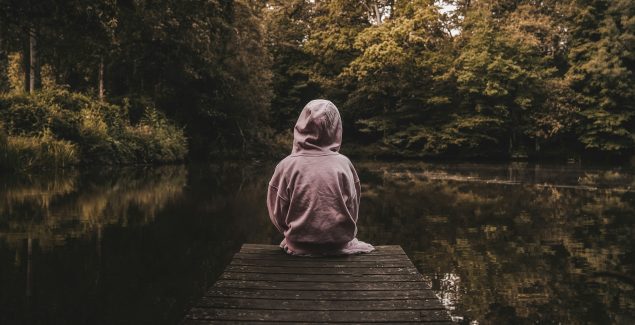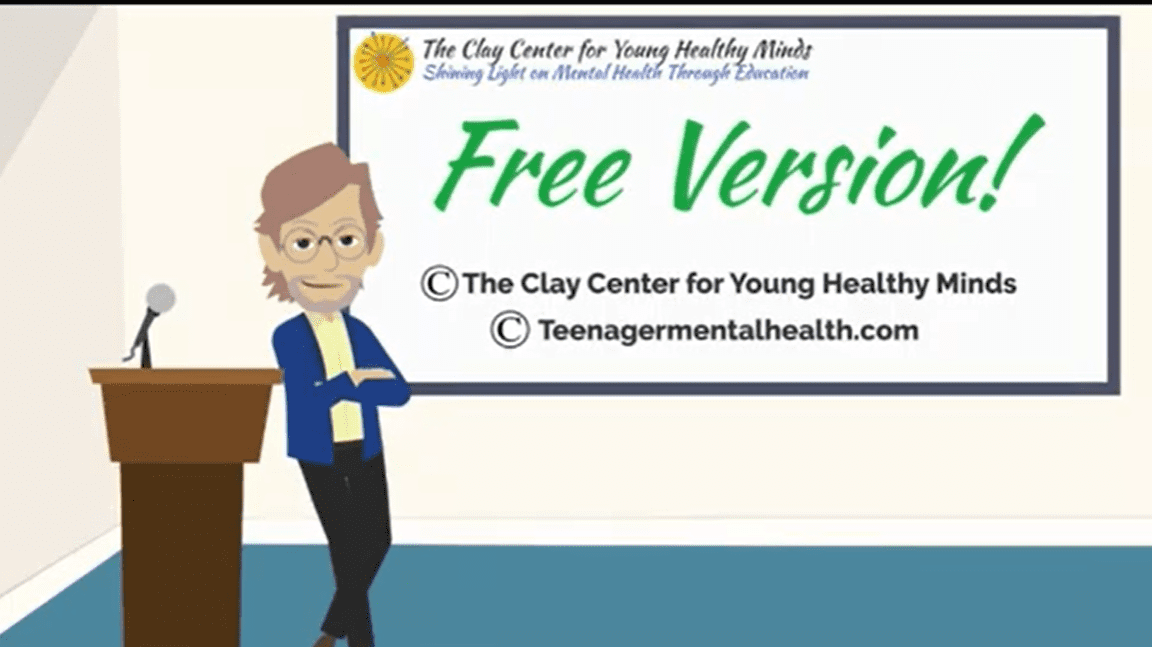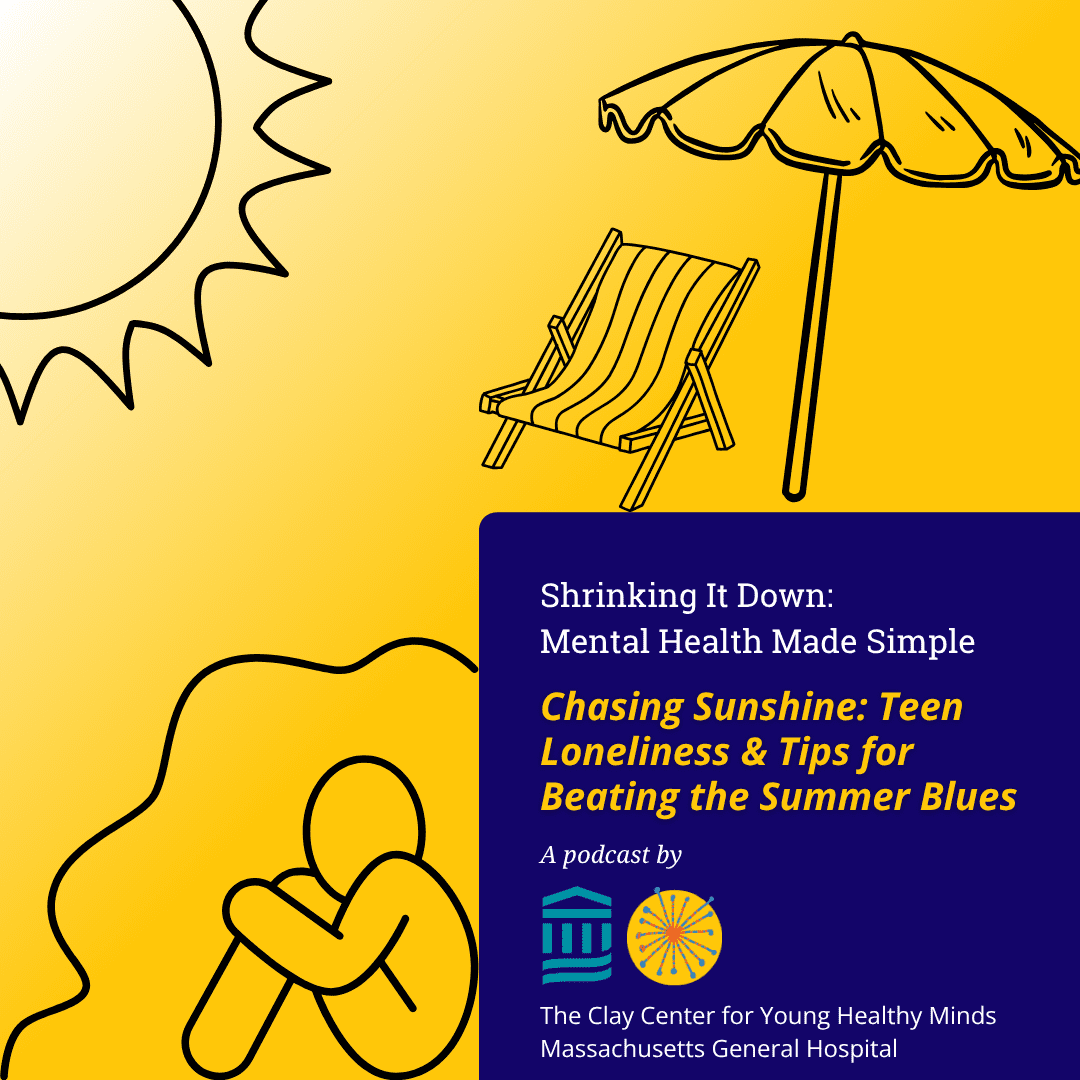Summertime Loneliness: A Guide for Parents to Help Their Teens

Posted in: Parenting Concerns, Teenagers
Topics: Hot Topics
Summertime, and the livin’ is Easy
– Dubose Haywood and Ira Gershwin
This well-known tune from Porgy and Bess is one of the most memorable lullabies in music and standards in jazz. However, the livin’ ain’t always easy, and good thing mama and daddy are standin’ by.
While summer is usually painted as a time of fun, freedom, and relaxation, for many teens it can feel like the exact opposite — disconnected, isolating, and emotionally heavy. Without the daily structure of school or regular peer interaction, teens can find themselves feeling invisible, left out, or unsure of where they belong.
And though teens long for time away from school, school provides what is missing in the summer – sports, after school activities, lunches with others, recess, study halls, guidance counselors. The school day and its many activities are ready made for combatting loneliness. For many teens, however, friends are off to various summer programs, camps, vacation homes, while others are left on their own.
What is Summer Loneliness?
In general, loneliness is a state in which our social, emotional and thought processes focus on being alone. This causes uneasiness and discomfort if not outright distress. We humans of all ages are pack animals and need relationships for intimacy and companionship. Summer loneliness can result in:
- Emotional fallout: increasing depression and anxiety and raising the risk of suicidal and self-harming behavior
- Poor sleep and consequences of sleep deprivation
- Inability to self-regulate resulting in emotional over-eating, excessive drinking, smoking, or drug misuse behaviors, which may serve to soothe unbearable feelings of isolation
- Greater risk of medical issues: such as problems with the immune system
The most dramatic consequence of summer loneliness is that it can trigger Summer Seasonal Affective Disorder (SAD). This condition is far more serious than the well-known Winter SAD and has some very different symptoms.
- Trouble sleeping – insomnia vs. oversleeping (in Winter SAD)
- Lack of appetite (vs. over-eating in Winter SAD)
- Weight loss
- Restlessness and agitation
- Anxiety
- Episodes of violent behavior are possible
- Lack of motivation
- Headaches/migraine
- Higher suicide rate vs. winter SAD: suicide peaks in spring and late summer.
Causes: (pertinent for kids and teens)
While there is no single cause of Summer SAD, research has determined several likely precipitants including:
- Loss of much needed routine and support that can provide children with a sense of security and help them develop self-discipline and healthier habits largely part of school and academic schedules
- Body Image anxiety is greater in the summer
- As we saw during the pandemic, children facing housing/food insecurity, social isolation, or domestic abuse suffer more when they lose access to the resources and relief provided by schools
- For LGBTQ+ students and other marginalized kids, schools can provide additional support systems through clubs, teachers, and peers
- Heat and humidity cause multiple problems such as poor sleep, decreased appetite, decreased exercise
- More sunlight decreases melatonin production, leading to less serotonin in the brain. And problems sleeping
- Family history of depression, bipolar disorder, SAD
- Greater pressure of social interactions in the warmer weather that can be a source of significant stress for some
- Allergies/Pollen:
- Allergy symptoms are potent markers of inflammation and there have been associations between mood disorders
- Studies that show significant increases in suicide rate when the pollen count rises
- Research suggests poorer air quality, an environmental effect of warmer weather, increases the likelihood of depression and suicidal behavior
What Can Parents and Caregivers Do?
For Summer SAD:
If you are concerned about Summer SAD, which is perhaps the most serious risk of the summer Treatment is essential and includes:
- Vitamin D
- Phototherapy (use of light boxes)
- Psychotherapy: Cognitive Behavior Therapy appears most helpful
- Antidepressant medication (Selective serotonin uptake inhibitors – SSRIs)
- Melatonin to improve falling asleep
- Stress reduction
- Improving sleep quality, e.g. use air conditioning, reduce caffeine, reduce screen time at night
- Self-care: Meditation, yoga, good nutrition, exercise
- Use of creative arts for self-expression and appears to be more effective in groups
- Maintaining regular sleep and wake times.
- Minimizing screen time – especially before bed. Screen light suppresses melatonin levels and delays sleep onset
- Spending time with family and friends
- Finding activities, projects, or hobbies is a great way for families to spend time together over the summer
- Seeing Professional help for evaluation and treatment if problems persist
For Summer Induced Loneliness:
If you notice any of these changes in your teen over the summer:
- Have frequent conversations and ask how they are doing and feeling and what they want to do this summer. LISTEN!
- Plan for structured activities with adults, parents, family, friends, community activities, like family outings or neighborhood gatherings
- Structure should also include Need for SELF-CARE: the same activities noted to combat Summer SAD
- Map all this into a schedule. But….
- Be sure to have time off for just unstructured time. Young people need time to RELAX and do what they want.
While for the most part we generally want to limit social media in our teens, the summer may be a time for judicious increases in screen time. Many teens will be seeing posts of their friends doing things this summer without them that may give them a dose of FOMO (fear of missing out). So:
- Ask if they miss their friends and are lonely
- Maybe offer for them to use a certain amount of additional social media if they express that it is important for them to stay connected
- This is where social media is super helpful
Additionally:
If your conversations and questions about how they are feeling and your observations indicate changes in behavior such as isolation, sadness, irritability, reflect on how you see them and ask if it’s correct. If so: consider how they may get involved with others through:
- Journaling and using creative arts
- Find venues to meet new friends in the community especially in areas of common interest
- Consider if there are family members e.g. cousins that can come stay with you or whom your teen can visit to increase their social interactions
- Suggest volunteer work, community service
- Activism should be considered as many Gen Z teens are deeply concerned about social, political, and environmental issues that are deeply troubling. Indeed, they are inheriting an unstable, volatile, and uncertain world and they may be eager to join others in doing something that contributes to change
Finally, it may be critical, if you do not see improvement in mood, anxiety, or behavior, consulting your pediatrician or a mental health professional for a consultation is clearly warranted.
While these suggestions are pertinent to teens and young adults, they may well apply to you the parents and caregivers, and your own self-care and stress reduction including valuable social interaction is both helpful for you and your ability to care for your kids.
Have a great summer!


 Share
Share Tweet
Tweet





